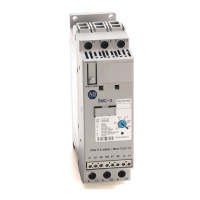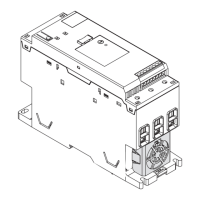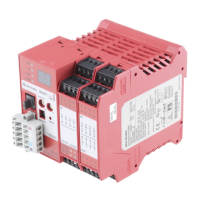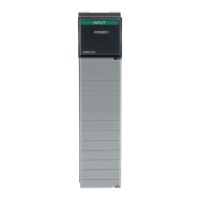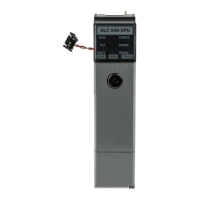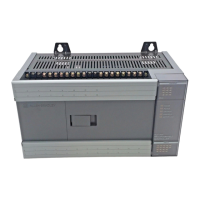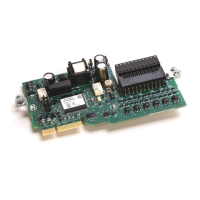30 Rockwell Automation Publication 150-QS003E-EN-P - April 2017
Chapter 3 Operation and Troubleshooting
1. Change the status of the Force Tuning, Parameter 194, to TRUE by
using a configuration tool (such as a HIM) with the motor stopped.
During the next start cycle, the tuning process occurs and Parameter 194
changes back to FALSE.
2. Press the "HOLD TO TEST / PUSH TO RESET" push button, on the
front of the controller, for ten seconds with the motor stopped. The
tuning process occurs during the next start cycle. The status LED flashes
amber, which indicates that tuning occurs on the next start cycle.
3. When the controller processes a "Load Factory Defaults" command via
Parameter Management, Parameter 229.
NOTE: If you use a motor that is smaller or larger than normal for the initial
system test, you must perform a motor tuning cycle on the motor that is used in
the final installation.
Resistive Load Control
The SMC-50 controller can control directly connected resistive loads by using
phase angle control that is based on a reference value. Select this control
method via a new Load Type parameter. Selecting a resistive load type modifies
the standard motor tuning procedure and allows the SMC-50 controller to
vary the output voltage in response to the reference source (Output V Ref,
Analog Input, or DeviceLogix™) as a percentage of the full voltage range. You
can change the value of the reference source while the SMC-50 controller is in
a run state.
NOTE: Using resistive load control is not recommended for internal bypass
units because of possible overtemperature trips.
For additional information regarding this operating mode, see the SMC-50
controller user manual, publication 150-UM011
.
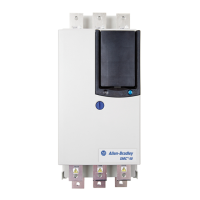
